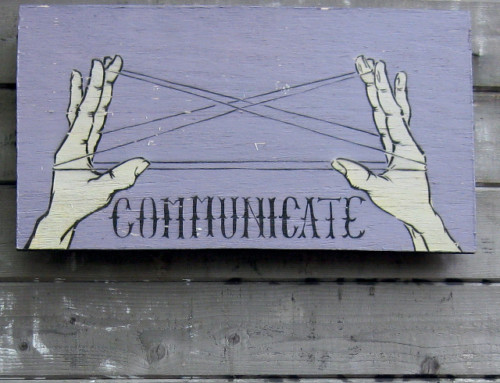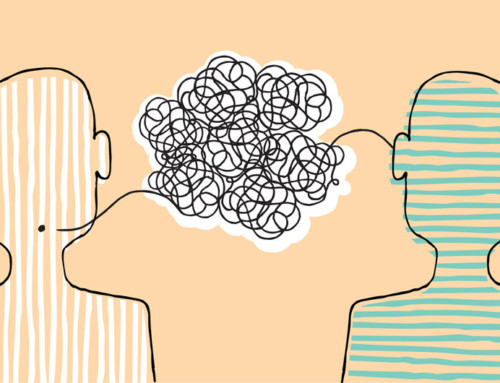As human beings, we don’t outgrow our need to be nurtured. Some go so far as to say that connection is the core of human experience (watch Brene Brown). Grown-ups need love and affection, just like babies do. And no matter what age you are, separation from attachment figures (caregivers and intimate partners alike) provokes distress. I’m not just talking about the distress provoked by leaving each other for the day, but the threat of losing your partner. This distress may look like anxiety, anger, or even avoidance, and these emotions (along with many others, not forgetting affection) drive our behaviors in relationships. This blog is about how bond, or “attachment”, affects the behaviors occurring in interaction patterns.

First, What is Attachment?
Attachment is a biological need (read John Bowlby, Mary Ainsworth), from infancy to adulthood, formed on these building blocks: Availability and Responsiveness (also see Sue Johnson). The more available and responsive we perceive our primary caregivers in infancy, the more secure our attachment. Likewise, when our intimate partner demonstrates supportive responses, and “shows up” how we need, we perceive them as available to us emotionally, and we feel more secure in our relationship.
Attachment happens on a “deep down” emotional level. When we’re emotional with each other, our bond grows stronger. But being open with our emotions requires taking the risk of bearing vulnerability. This can feel so risky, especially if one feels hurt in the relationship, that we may guard our need to feel connected by behaving as if we don’t need it: Enter fights – usually a response to a threatened connection.
As adults, we find many creative ways of responding to the distress of disconnection. Some of us use numbing, trying to stunt the emotional discomfort, which may appear as shutting down; while others find ways of self soothing: organizing, distracting, shopping, using substances and addictions. Still others may persistently reach out for comfort from their partner by ramping up their call for attention. Emotions are the basic reaction to our biological need for connection, and they drive the patterns that emerge in distressed interactions.
A Maladaptive Pattern
In the pattern of pursuit-withdrawal (I described in a previous blog: Communication: Taking it to a Deeper Level), the distressful interaction can be understood as a reaction to threats of separation. When the withdrawn partner shuts down, the other likely perceives them as emotionally unavailable. However, withdrawal may be an attempt to prevent further distance from growing. From this point of view, “opening up” could risk worsening the problem, and further losing/disconnecting from one’s partner is the last thing the withdrawn partner wants. Similarly, distance is the last outcome the pursuing partner wants. They ramp up their bids for attention/affection out of desperation to connect. And although we may experience a pursuing partner’s demands as angry and alienating, often just beneath the veil of aggression is an attempt to connect.
Suggestion
The hope is in our awareness. It is our emotions that are beneath the behaviors we use and perceive. When we become more aware of the emotions driving our behaviors, and attuned to the emotions driving our partner’s behaviors, we can communicate on a more meaningful and intimately connected level. However, when we’re focused on our senses – what behaviors we see and hear – we forget to tune into our partner’s emotions and we tend to ignore our own emotional experience as well. Attachment allows us to feel safe and secure within the arms of an intimate partner. A secure base enables us to explore the environment, navigate distress, and weather relationship change and distress, with greater calm, openness, flexibility, and a willingness to explore and experiment (read Sue Johnson). And with a secure attachment, softer, more core emotions can be communicated safely, fueling more constructive interactions.
To access this tender place in your relationship, de-escalation is necessary. De-escalation happens when vulnerable moments occur – when tapping into basic and soft emotions can feel like bonding. We’re closest when we’re most vulnerable with each other, holding each other in that place, and this happens when we’re securely attached. When attachment is strong, both positive (e.g., affection, joy) and negative emotions (loneliness, embarrassment) can draw us closer together.
If one of our basic human drives is to connect, then ask yourself, what bars your emotional vulnerability?
Recommended reading:
S. Johnson (2008). Hold Me Tight: Seven Conversations for a Lifetime of Love. Little, Brown and Company. New York, NY.
Photo Credit:
Trocaire (https://www.flickr.com/photos/trocaire/)



